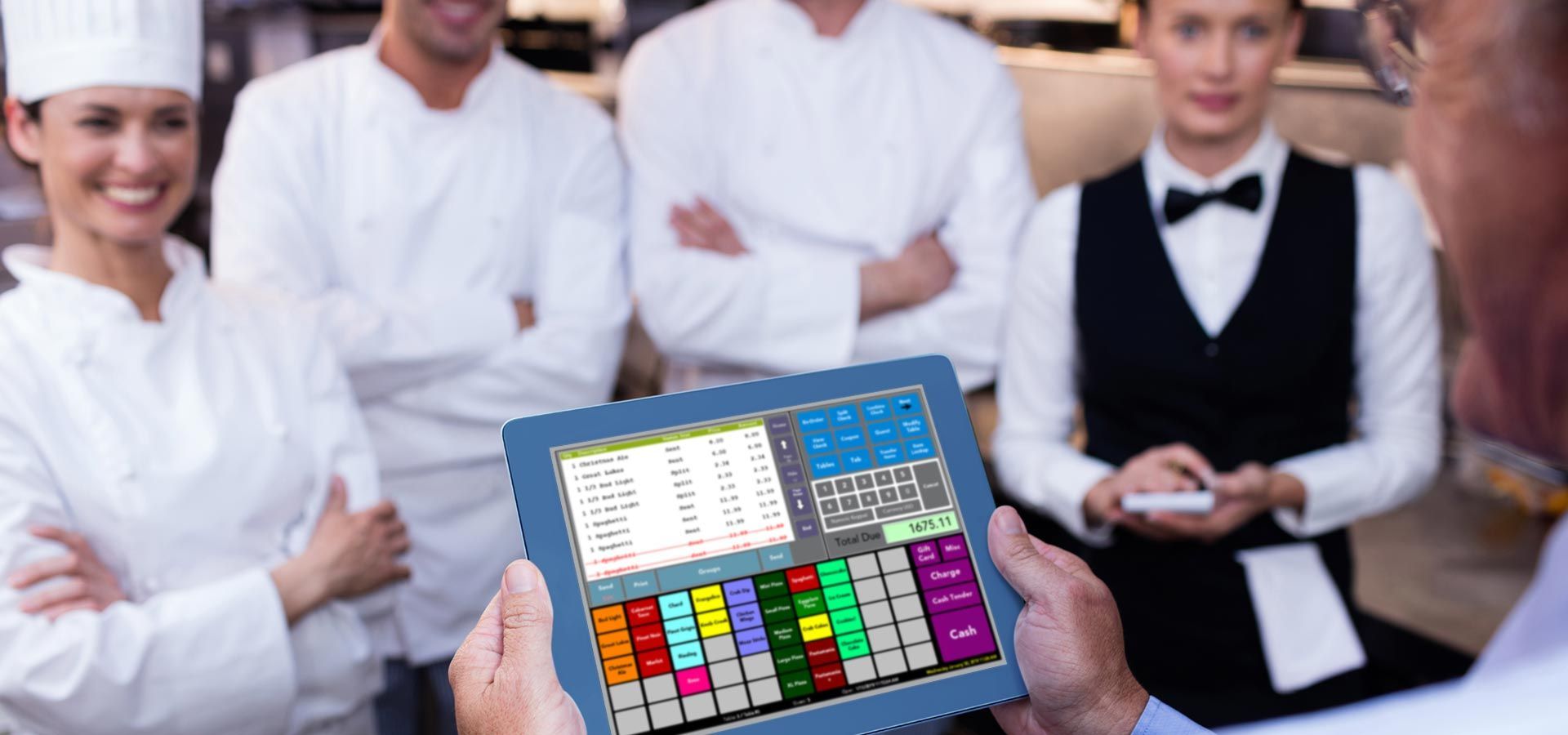Five Steps for Cleaning Your Touch Screens
When was the last time you cleaned the screen of your smartphone or tablet? If the answer is never or you can’t remember, you may want to keep reading.
In this post, we’ll not only share why it is important to clean your screens, but also tell you how to do so properly. Let’s get cleaning!
Why You Need to Clean Your Screens
Let’s take a moment to think about your typical week. How many different places do you go? You may travel to work, a restaurant or two, a few stores, to and from a school or daycare with your children, a gym or fitness center, or maybe even your local library. The list of places you could go in any given week is endless. Does your smartphone or other mobile device travel with you?
Most likely the answer is yes. And if you have that phone out on a table or set it on a counter at all these locations, it can quickly become a breeding ground for unwanted germs. Not to mention, a recent survey found that the average person touches their smartphone 2,617 times per day. Unless you’re washing your hands every time before touching your phone, any bacteria or germs that may be on your hands can spread to that surface.
Our smartphones aren’t the only screens that need to be cleaned. If you’re the owner of a retail store or restaurant that uses a point of sale system , it is very important to clean those screens regularly.
Your POS system might not travel, but it is touched by many people each day. During a busy day, it’s unreasonable to ask cashiers, wait staff, bartenders, managers, or anyone else who may use the POS system to wash their hands before touching the screen every time. Therefore, you need to clean it as much as possible to prevent the spread of illness and keep your operation running smoothly.
However, touch screens are made of delicate technology. You can’t simply spray it down with a multi-surface cleaner and wipe it off with any cloth. To protect and prolong the life of your POS system, you need to take special care with its cleaning. Keep reading for the proper way to clean your smartphone, tablet, and POS touch screens.
How to Clean Your Screens
Let’s start with your POS system. To effectively clean and disinfect these screens, you’ll first need to make or purchase a cleaning solution consisting of 80% alcohol and 20% water. Never use household ammonia-based glass cleaners, such as Windex, to clean your POS screen. These can destroy the screen membrane and cause permanent discoloration. You’ll also need two lint-free or microfiber cloths to wipe the surface. Once you have these supplies, follow the below cleaning process:
- Power off the system and unplug it from the wall. Eliminate any residual static electricity from the computer by touching a metal part of the case, not any of the inside components. It is important to clear this static electricity first to prevent a shock to yourself or damage to the machine.
- Spray your cloth with the cleaning solution. DO NOT spray the cleaning solution directly on the screen. The concentration of liquid could soak in between the thin layers and cause black spots to appear on the screen.
- With a circular motion, gently wipe the screen surface to remove any dirt or residue from the glass. Using a circular motion can help prevent streaking.
- Use a dry cloth to remove any moisture. DO NOT use paper towels, napkins, or tissues to dry the screen, as it could scratch.
- Once the screen is completely dry, plug it back in and turn it on.
It’s as simple as that! You can use this same method to clean and disinfect your other touch screen devices, such as smartphones and tablets. You can also use simple 70% isopropyl alcohol wipes to clean these smaller, everyday devices. Always remember to unplug them from any power first!
Now, let’s talk about how often you should clean these touch screens.
How Often Should I Clean My Screens?
The short answer to this question is you should clean all screens regularly. However, in the wake of the current COVID-19 pandemic sweeping the United States, you should be disinfecting and cleaning all surfaces as often as possible. Ideally, POS screens should be cleaned anytime a new user is going to log in. Sometimes this won’t be possible. In these cases, it is a good idea to keep a bottle of hand sanitizer next to the system and encourage employees to sanitize between each use.
As for personal devices, how often you clean these will depend on your habits. If you have recently been around someone who is coughing or sneezing, clean your device right away. The microscopic droplets that fall from a cough or sneeze can settle on your phone and contaminate it with illness-causing germs. However, if you haven’t been near someone who is ill and are diligently washing your hands, you won’t need to clean the screen as often.
Ultimately, it is up to you to determine how often these high-touch surface screens need to be cleaned. Use your best judgement and clean as often as you feel is necessary to protect yourself, your employees, and prevent the spread of disease.
For more tips on preventing widespread illness, consult the Centers for Disease Control and Prevention or World Health Organization .
Sources:
Healthline ,
Touch Dynamic



